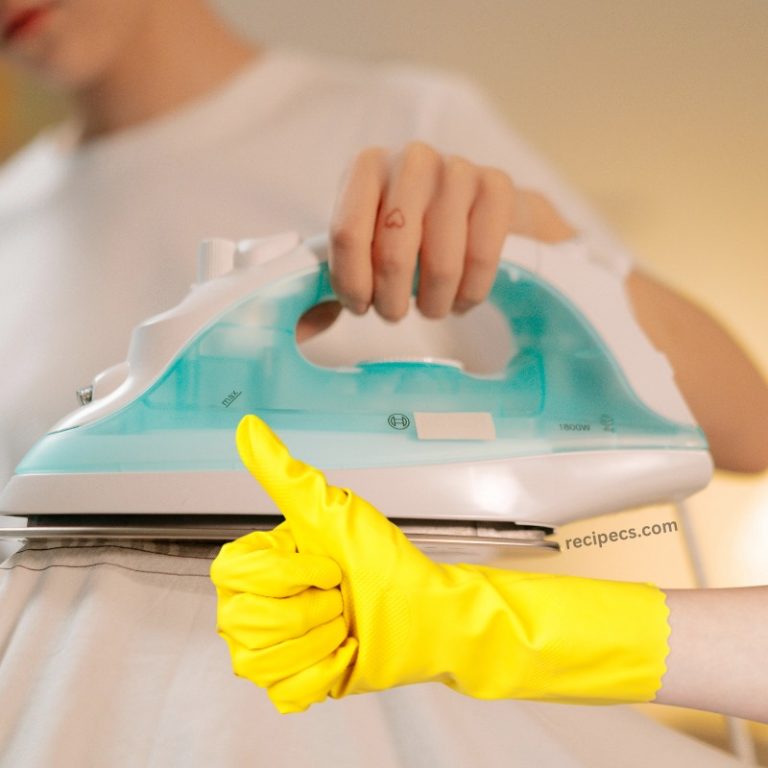ADVERTISEMENT
Method 2: Cleaning with Vinegar
Vinegar is a versatile and natural cleaning agent widely used for various household tasks, including cleaning irons. It can effectively remove embedded grime and restore the luster of steel surfaces.
Cleaning the Soleplate:
Prepare a Cleaning Solution: Mix equal parts of water and vinegar to create a cleaning solution.
Apply the Solution: Dampen a cloth with the solution and gently wipe the soleplate and exterior surfaces of the iron. Make sure to clean all areas thoroughly.
Rinse and Dry: Use a clean cloth to wipe away the vinegar solution, ensuring no residue is left behind before storing or using the iron.
Cleaning the Steam Vents:
Mix Vinegar and Water: Combine half vinegar and half water and pour the mixture into the iron’s water reservoir.
Activate the Steam Function: Turn on the iron and allow it to steam for a few minutes to loosen and expel any limescale deposits.
Flush the Reservoir: After steaming, empty the reservoir and rinse it with clean water to remove any vinegar traces.
Vinegar’s natural acidity helps dissolve limescale buildup, ensuring your iron functions efficiently and continues to produce consistent steam.
Tips for Proper Ironing and Maintenance
While cleaning your iron is essential, following proper ironing techniques and maintenance practices can further enhance its performance and lifespan. Here are some helpful tips:
Use the Right Settings: Always adjust the iron’s temperature settings according to the fabric you are ironing. Using too high a temperature on delicate fabrics can cause damage.
Avoid Ironing Over Zippers and Buttons: Direct contact with metal components can scratch and damage the soleplate. Use a cloth to protect the soleplate and the fabric.
Empty the Water Tank: After each use, empty the water reservoir to prevent limescale buildup and extend the iron’s lifespan.
Use Distilled Water: To minimize mineral deposits, use distilled water instead of tap water in the iron’s reservoir.
Store Properly: Store the iron in an upright position to prevent damage to the soleplate and avoid tangling the cord.
When to Replace Your Iron
While regular cleaning and maintenance can extend the life of your iron, there comes a time when replacement is necessary. If your iron is several years old and frequently malfunctions, it may be time to invest in a new one. Today, both traditional and modern irons are available, some even featuring vertical steam functions for quick touch-ups without the ironing board.
For individuals who iron occasionally, a standard iron suffices. However, families with extensive laundry needs might benefit from a professional-grade iron with a built-in boiler for more efficient performance.
Conclusion
Keeping your iron clean and well-maintained is essential for ensuring its optimal performance and prolonging its lifespan. By following simple cleaning techniques using household items like coarse salt, baking paper, and vinegar, you can restore your iron to its original condition. Additionally, practicing proper ironing techniques and regular maintenance can further enhance your iron’s efficiency. When your iron is well-maintained, it keeps your clothes looking crisp and fresh, making you feel confident and well-dressed.
ADVERTISEMENT
